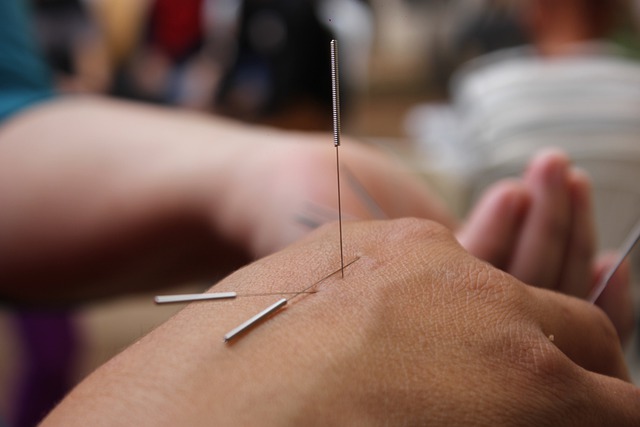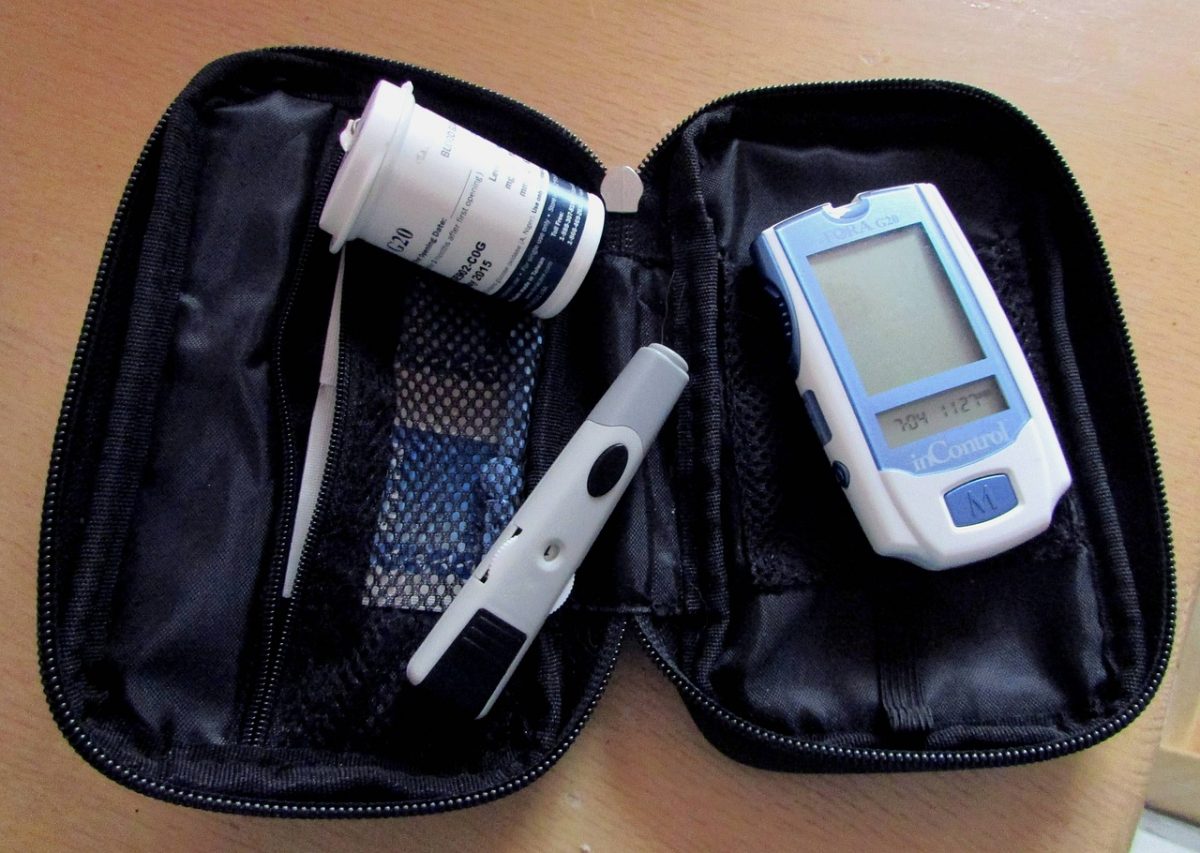Anyone with diabetes will have been informed by their doctor about the complications of diabetes – primarily heart disease, high blood pressure, kidney disease, neuropathy and eye disease. However, there are other complications that often aren’t discussed until symptoms occur such as hair loss, a weakened immune system, gum disease, and bone and joint problems. The good news is that there are things diabetics can do to minimize the potential for a variety of health problems.
Diet
Individuals with diabetes know they must control blood glucose levels. It’s equally important to ensure that sufficient vitamins and minerals are obtained. Failure to do so can result in rashes, hair loss, the inability to fight pathogens, and heal wounds.
Eye Exams
They can be time consuming and inconvenient, but they’re essential to detect the earliest signs of deteriorating eyesight. Eye problems due to diabetes can result in blurry vision, cataracts, glaucoma and diabetic retinopathy.
Cataracts tend to develop earlier and worsen faster for diabetics. Medications can help with some type of glaucoma, but retinopathy can result in complete loss of vision. Flashes of light, blurred vision, “holes” in vision, and black spots that seem to float are all signs to see a vision specialist.
Dentist Visits
People with diabetes are more prone to gum disease and tooth loss. Byproducts of infections and bacteria can be swallowed where it will circulate through the blood stream. Tooth infections have been directly linked to an increased risk of heart disease in people with diabetes.
Low Libido
A lack of sexual desire affects diabetics more than the general population and it’s related to poorly managed blood glucose levels. A variety of medications for diabetes and neuropathy and can depress sexual desire, affect arousal, and performance. Improved glucose control can help, but isn’t a sure-fire cure.
Bones and Joints
Osteoporosis and conditions such as frozen shoulder are very real concerns for people with diabetes. Diabetics tend to have poorer bone quality, increased risk of fractures, and more joint conditions. Those that inject insulin are at the highest level of risk for a fracture. Careful and consistent management of blood glucose levels, obtaining sufficient vitamin D, and exercise to strengthen are the keys to minimizing the effects of joint and bone conditions.
If you would like to find out about earning cash for your unwanted, unused and boxed test strips, complete our online quote form today.
If you have extra, unopened and unused boxes of diabetic test strips – whether you have switched brands, no longer need to test or test less frequently, or have a loved one who has passed away – don’t let them gather dust until they’ve expired and end up in the trash. We’re the best place to sell diabetic test strips online, and if you want to sell your test strips, we’re here to make the process easy and enjoyable!
Visit us at Sell Your Test Strips and get your free quote today!










